‘It can take three days to paint one leaf’: The extraordinary, painstaking lives of Chelsea Physic Garden’s Florilegium Society artists
It sounds like a secret spy agency, but the Florilegium Society is actually a part of one of London’s oldest botanical gardens and they’re on an ambitious quest to record 5,000 plants.
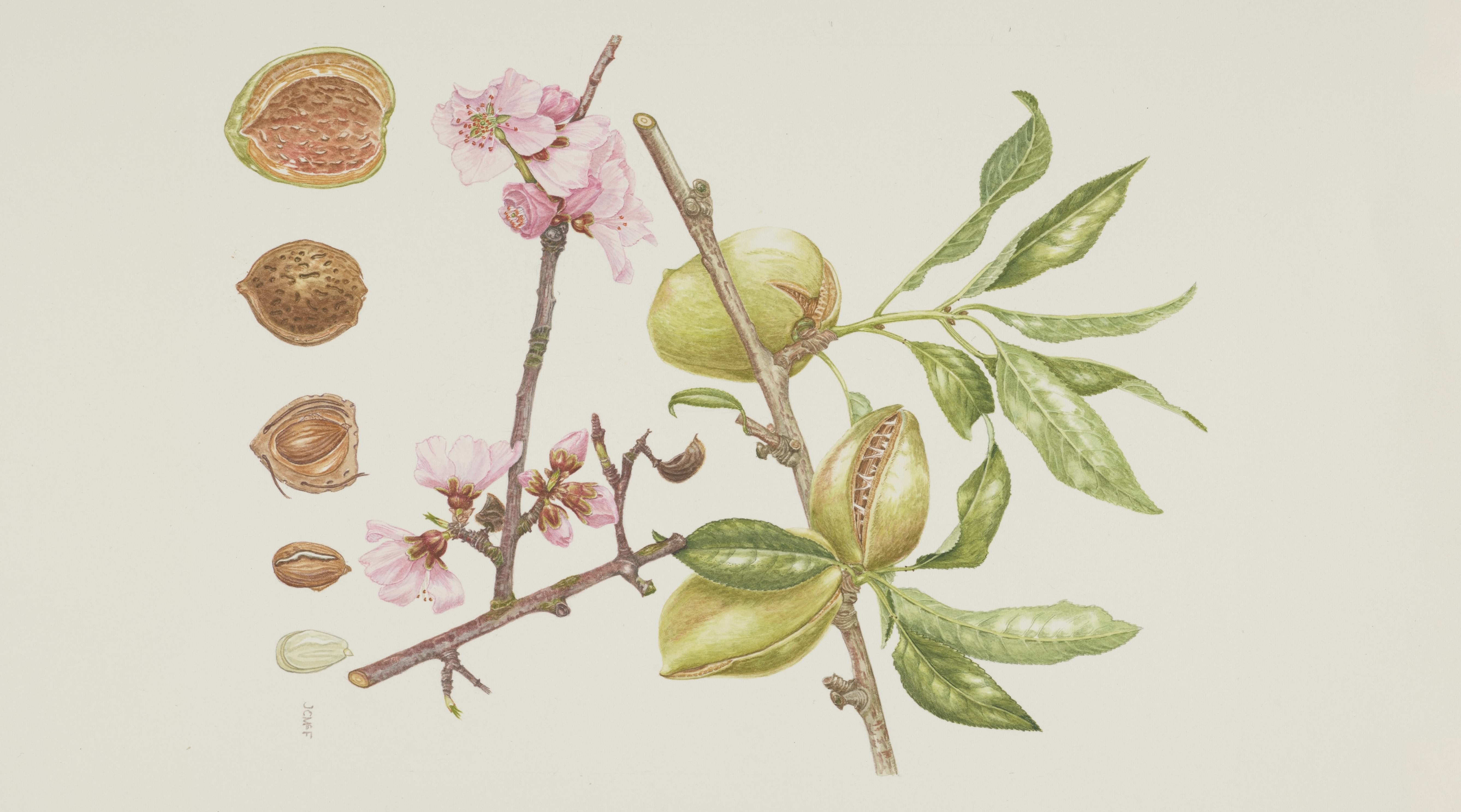

Tucked away down a side street near the Embankment, surrounded by a high brick wall, lies one of London’s hidden treasures. Since 1673, the Chelsea Physic Garden (below) has been home to an array of specimen plants, prized for their medicinal and useful qualities and carefully tended to provide a resource for study, learning and enjoyment.
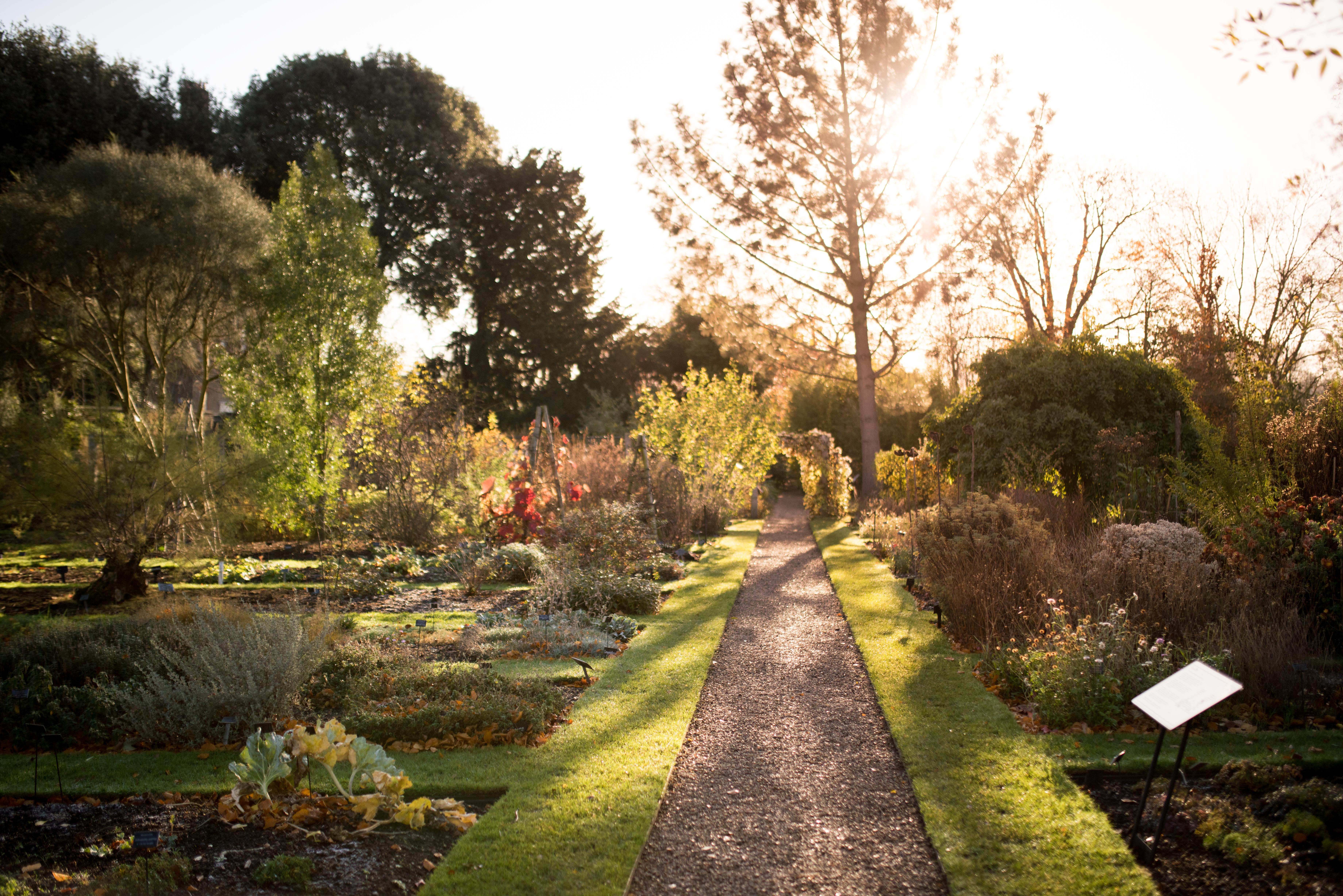
Purchasing an annual membership feels like joining a secret society (you gain access to this four-acre oasis an hour before it opens to the general public); yet even long-standing friends of the garden might be unaware of another intriguing organisation that operates within its grounds.
Celebrating its 30th anniversary this year, the Chelsea Physic Garden Florilegium Society (CPGFS) is an association of some of the country’s top botanical illustrators, united by the ambitious quest to make a visual record of all the plants in the physic garden, of which there are some 5,000 in total.
The society was set up by Margaret King in 1995, after she’d retired from a long career in the fashion industry. A former director at British clothing brand Aquascutum, King went on to become Margaret Thatcher’s stylist, helping to register the UK’s first female prime minister on global best-dressed lists.

She began volunteering at the Chelsea Physic Garden, then heard that it was hosting a year-long course in botanical drawing and decided to join. Eventually, having enjoyed it so much and made such good friends with the other artists, King suggested that they continue to regularly meet up at the garden.
‘One of the reasons I started the Florilegium Society is because botanical artists lead very, very lonely lives when they’re working,’ she explains. ‘It can take three days to paint one leaf and, if you’re doing it accurately, you’ve got to use microscopes and magnifying glasses. For instance, you have to measure between each joint of the stem and you need to find the precise shades of green, so it’s an exact copy of the flower or the plant you have in front of you.’
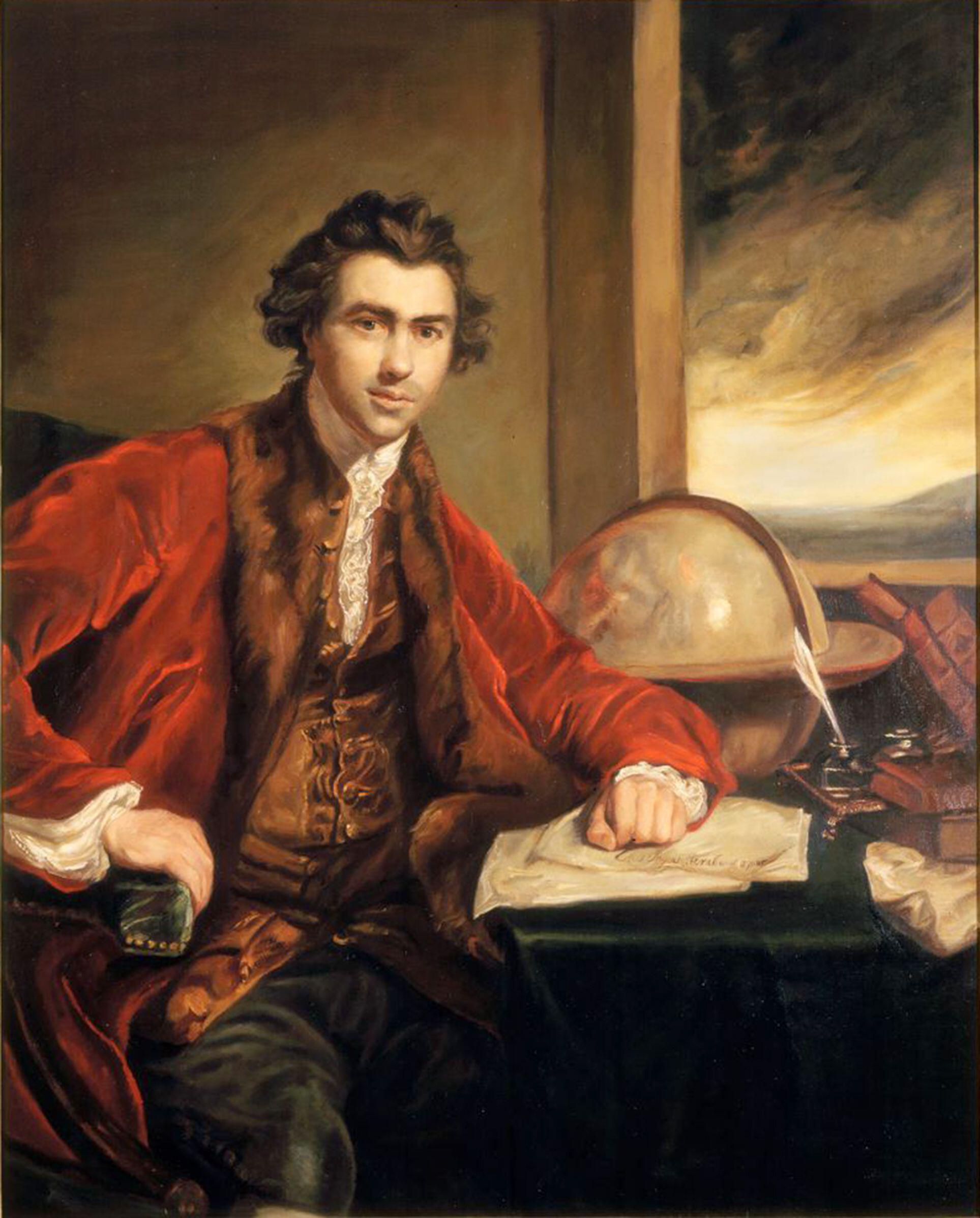
Sir Joseph Banks (1743-1820) was a naturalist and botanist who travelled with Captain James Cook and advised King James III on the Royal Botanic Gardens at Kew
Botanical illustration has a long and fascinating history. Before photography, it was the sole means of identifying plants and, as such, it was highly prized. During the Age of Exploration, botanists went out on ships to collect exotic specimens, so the ability to accurately draw what they found was invaluable, particularly as so many of the delicate plants were unable to survive the long sea journeys.
Exquisite houses, the beauty of Nature, and how to get the most from your life, straight to your inbox.
Even today, it still holds an important place in botany — a good illustration will be produced exactly to scale, the colours perfectly accurate, with all stages and parts of the plant recorded from bud to fruit and from root to tip.
Each year, the Florilegium Society consults with the head gardener to select one particular plant that they feel is worth recording and the members then embark on the lengthy process of painting it at different stages of its annual cycle. The finished piece is donated to the Chelsea Physic Garden for its archive and to raise funds by licensing the image for use on products such as greeting cards.
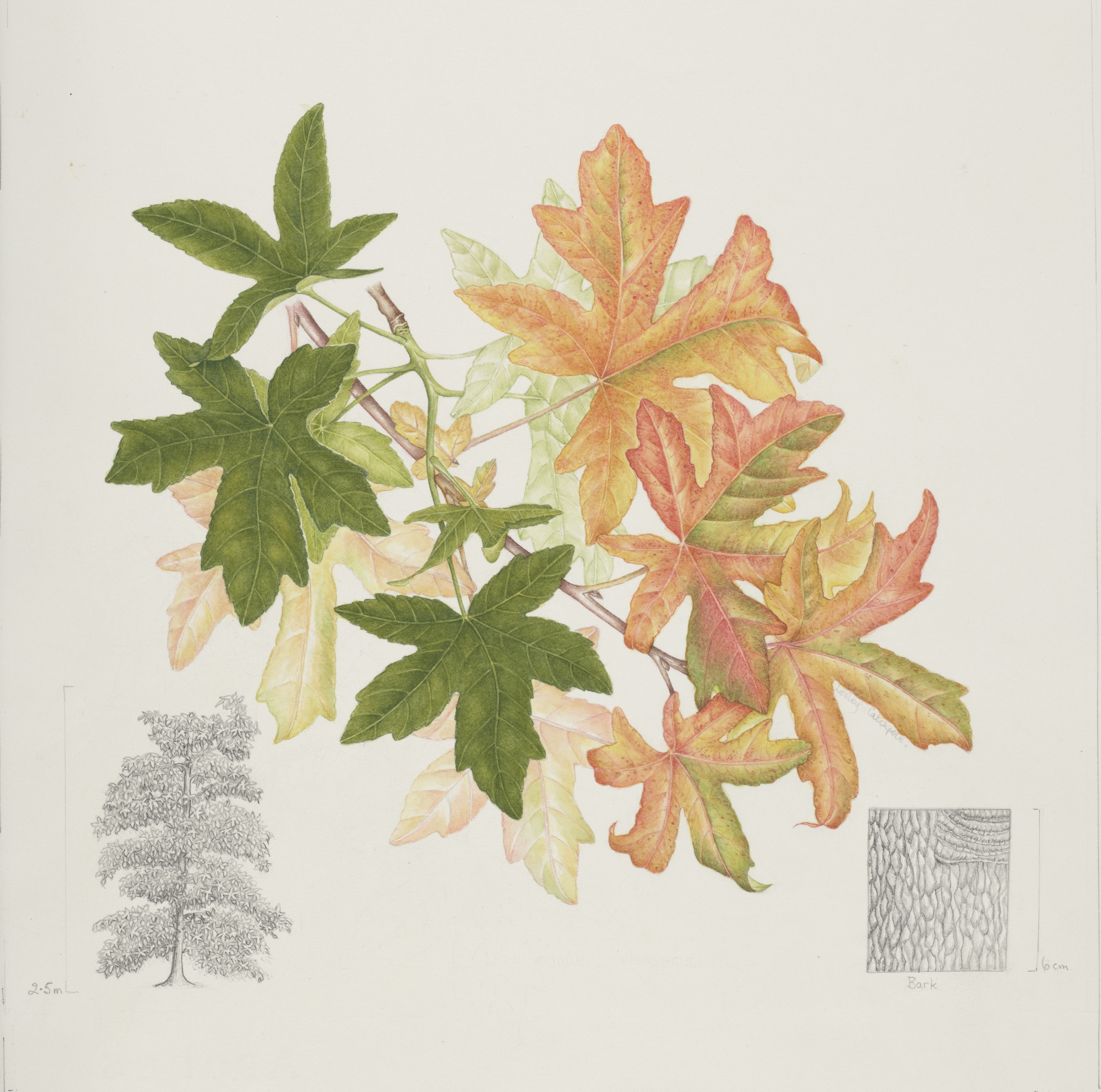
The artists have the rare privilege of being able to take home cuttings — vital, as all plants will vary slightly depending on their growing conditions and might behave quite differently depending on the location.
Given that the artists are based across the UK, this can mean getting creative when it comes to safely transporting the precious cuttings home. Everything from plastic bottles to supermarket freezer bags are deployed to ensure the plants don’t wilt or become damaged en route.
Throughout the year, the society will meet about nine times to work on its chosen subject. Occasionally, the process might take even longer. ‘I’ve been working on a painting of a magnolia tree for three years because I was waiting for a seed pod and none of the horticultural team had ever seen one before,’ says Mary Ellen Taylor, the society’s chairperson. ‘Then, unbelievably, it finally produced them last March, so I was able to finish it.’
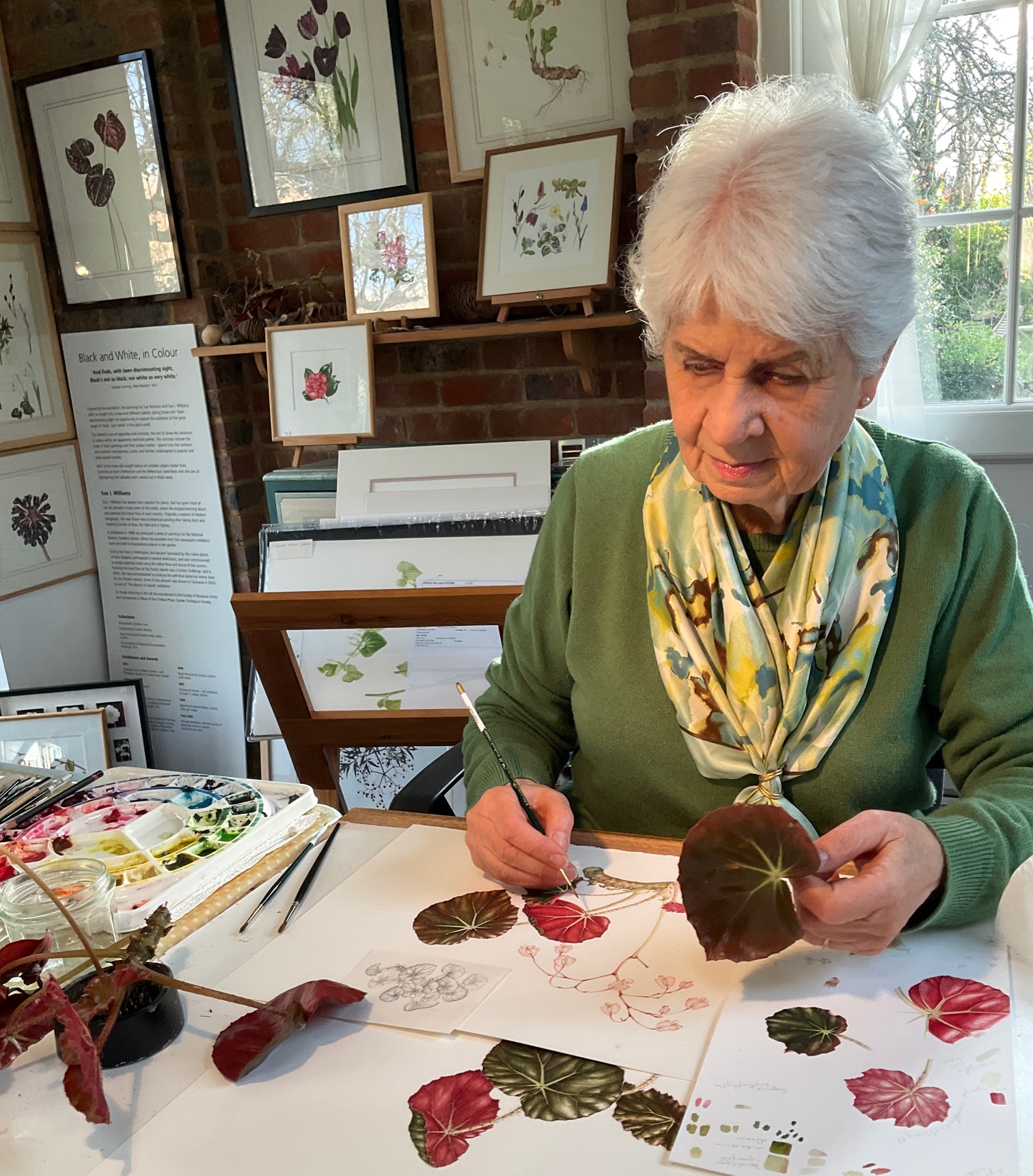
Florilegium Society member Sue Williams
Taylor, who was born in New York, US, has traversed the world for her artistic commissions, producing a series of works showing the endangered birds of the Galapagos Islands. She also travelled to Transylvania as part of a group of artists selected to paint Romanian wildflowers for a florilegium commissioned by The King, then Prince of Wales.
Several other society members were involved in the project, such as Andrew Brown, who also contributed artwork to The Highgrove Florilegium, which records the many plants growing at the monarch’s Gloucestershire residence. Some of the 60 or so current members are involved in other specialist art forms, as well as botanical illustration, such as Gillian Barlow, who paints heraldry at London’s College of Arms alongside her exquisite depictions of flowers.
Most of the members have been involved with the society for years — some from the start — and, although the numbers have fluctuated over time, ebbing particularly during the pandemic, they’re on the rise once more. It’s clear that the Chelsea Physic Garden Florilegium Society nurtures a very special sense of camaraderie and purpose, helping to keep this form of art alive. Long may it flourish.
Visit the Chelsea Physic Garden Florilegium Society website for more information.
Catriona Gray is a journalist and author, and a regular contributor to Country Life. She has written for House & Garden, the World of Interiors, and the Financial Times, and was commissioning editor at Town & Country and Harper’s Bazaar.
-
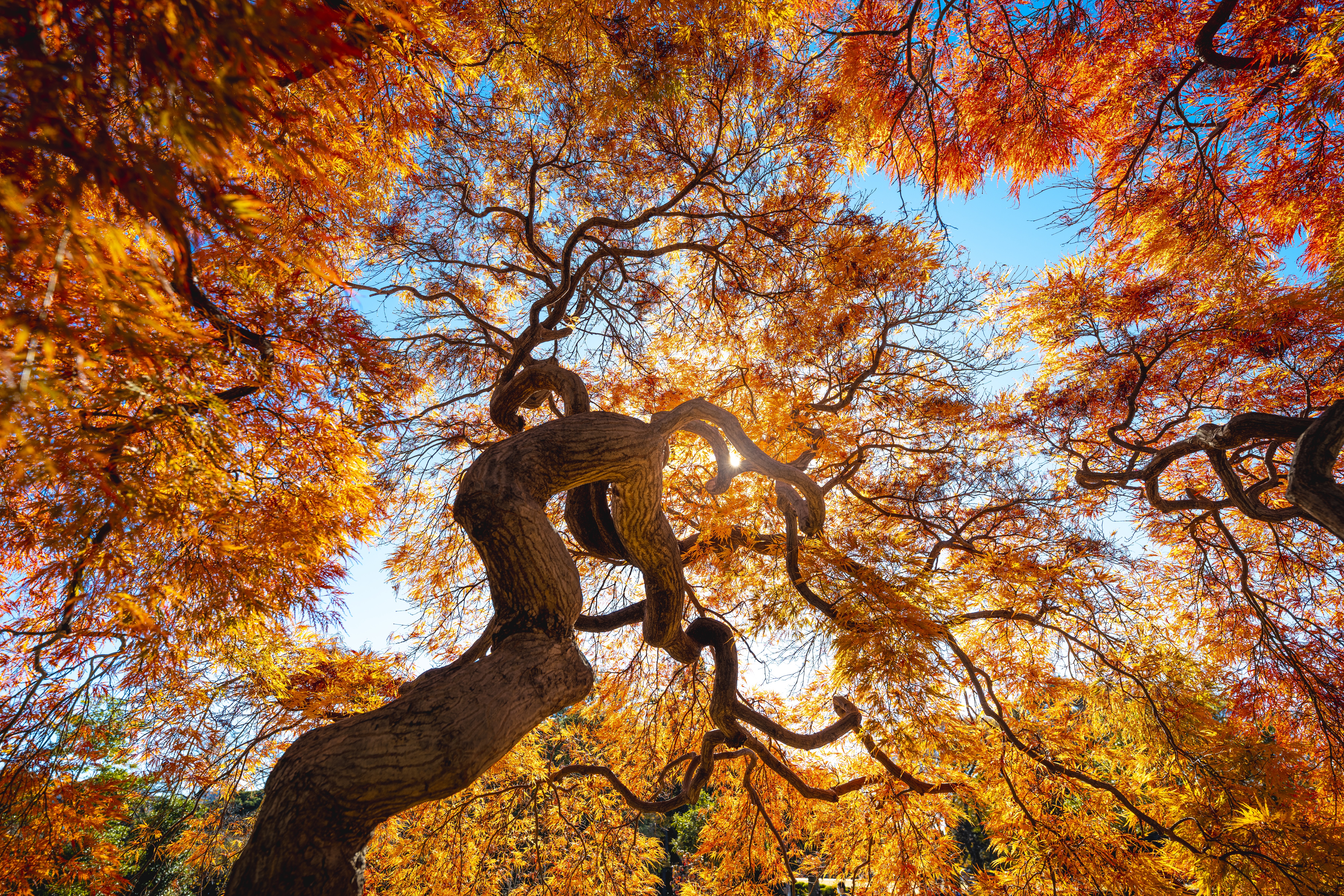 ‘The best time to plant a tree was 20 years ago; the second best time is now'
‘The best time to plant a tree was 20 years ago; the second best time is now'Now is the time to firstly, hug a tree, and secondly, plant some more — in increasingly imaginative ways.
-
 At the Bonneville Salt Flats, the only currency is speed
At the Bonneville Salt Flats, the only currency is speedCharlie Thomas reports from Speed Week, and talks to those with a bad case of 'Salt Fever'.
-
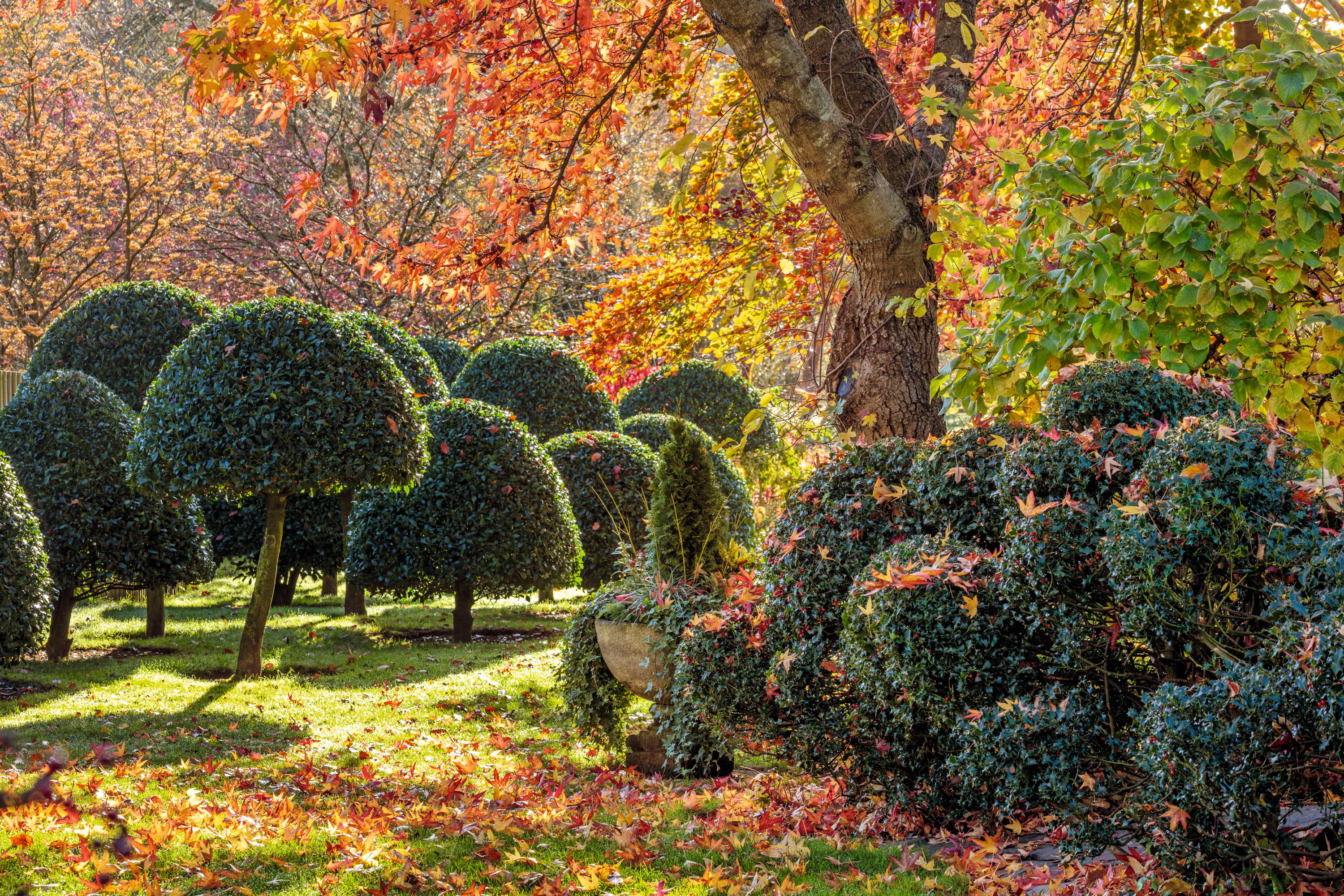 'You could walk round it every day and always notice something new': A private tour of the garden of multiple Chelsea gold medallist John Massey
'You could walk round it every day and always notice something new': A private tour of the garden of multiple Chelsea gold medallist John MasseyInspired by his friends Christopher Lloyd and Princess Greta Sturdza, nurseryman and plant breeder John Massey has made a garden in Worcestershire that never ceases to delight, writes Charles Quest-Ritson. Photographs by Clive Nichols
-
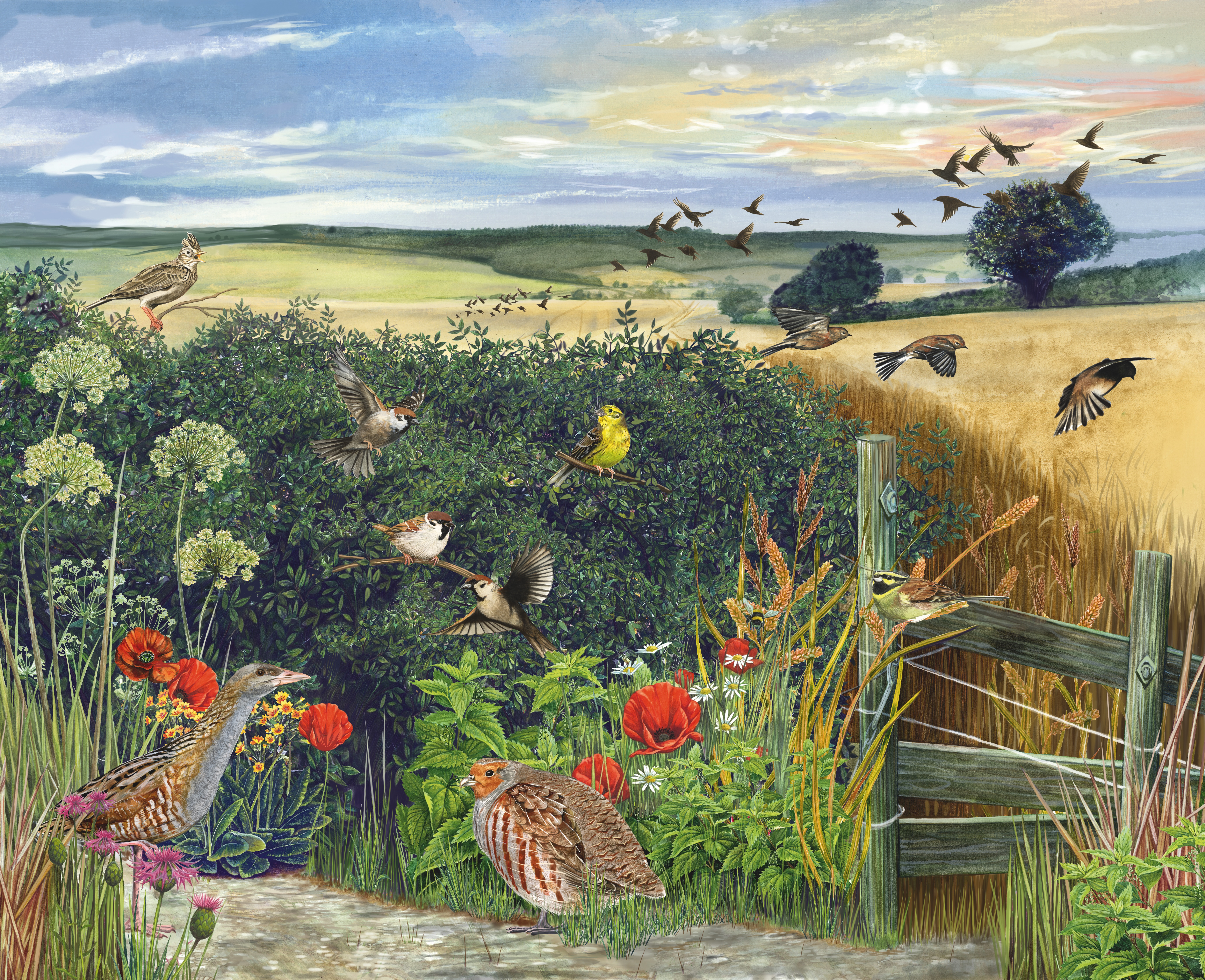 Alan Titchmarsh: 15 years ago we planted a hedge — today, it's 10ft tall, 6ft deep and a joy throughout the year. Here's how we did it
Alan Titchmarsh: 15 years ago we planted a hedge — today, it's 10ft tall, 6ft deep and a joy throughout the year. Here's how we did it15 years ago, Alan Titchmarsh planted a hedge; today, it's 10ft tall, 6ft deep, he and his wife absolutely love it, 'and so do all the creatures with whom we share our garden.'
-
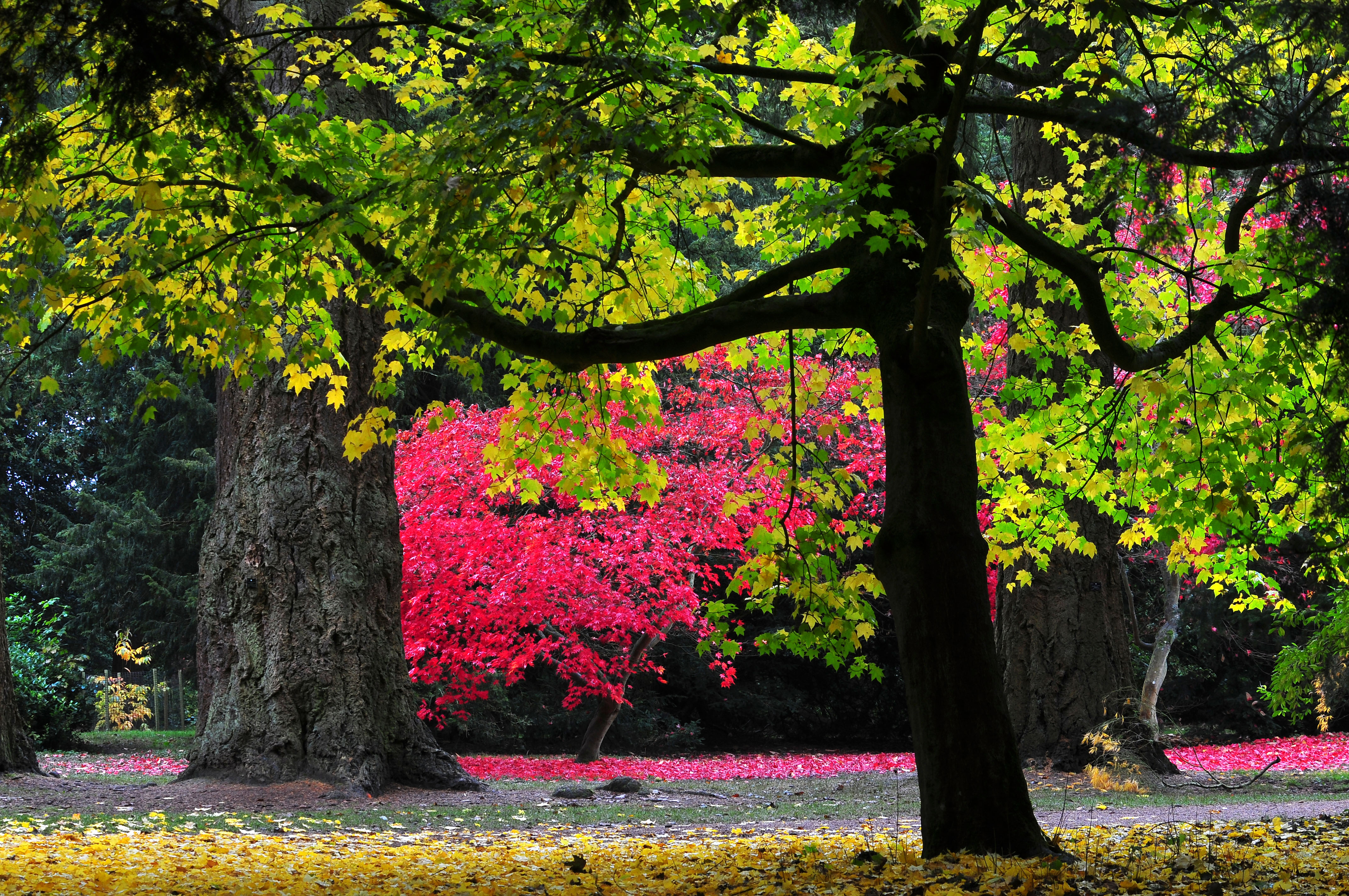 The one website about trees and shrubs that everyone needs to know about
The one website about trees and shrubs that everyone needs to know about'Trees and Shrubs Hardy in the British Isles' has been digitised, making one of gardening's most important works free and at your fingertips.
-
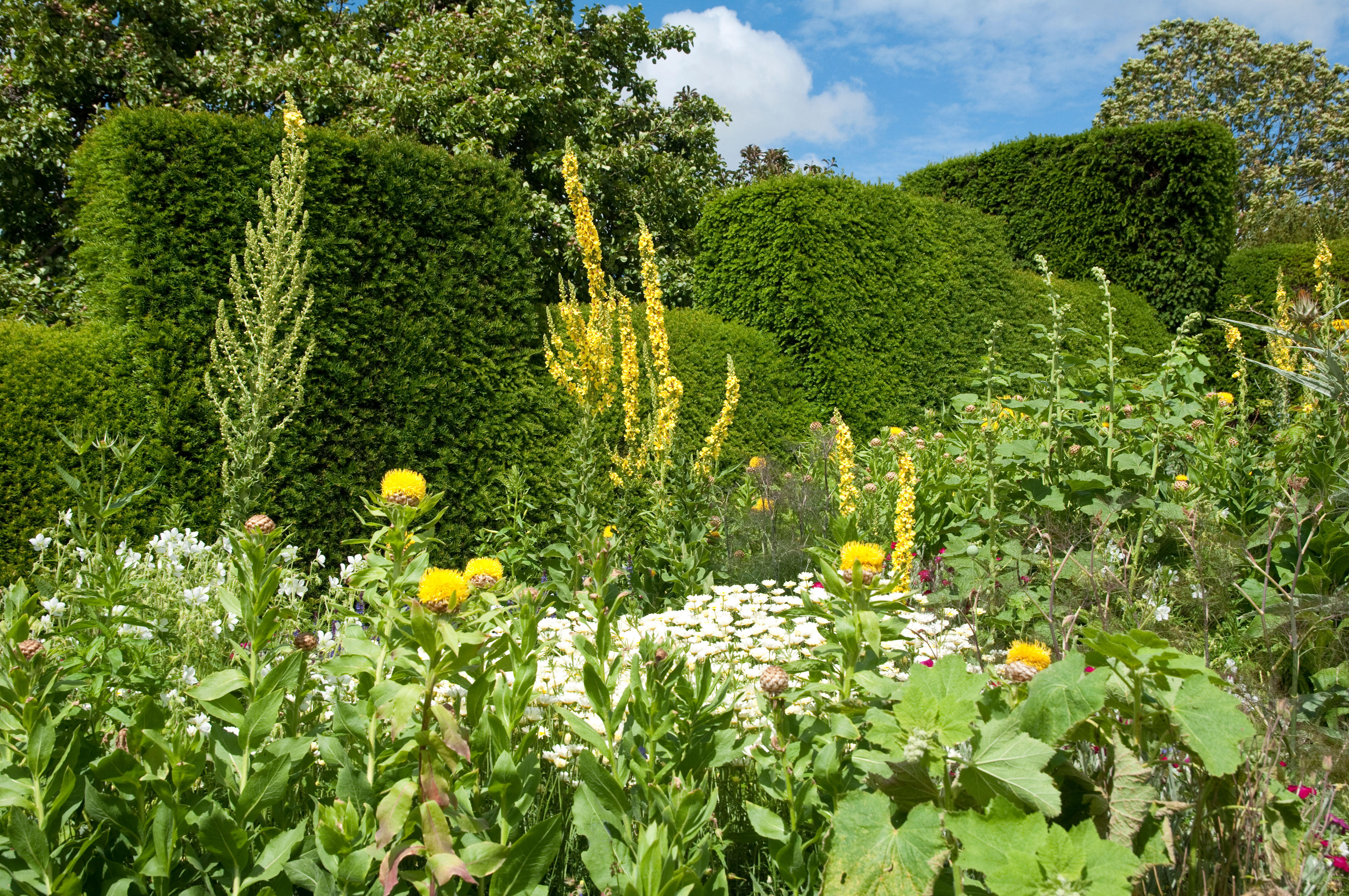 'Nature's loo roll': Verbascum, one of the most curious — and useful — plants you'll find in an English country garden
'Nature's loo roll': Verbascum, one of the most curious — and useful — plants you'll find in an English country gardenWith its ability to rouge cheeks, settle stomachs and operate as Nature’s loo roll, verbascum is as surprisingly useful as it is pretty, discovers Ian Morton.
-
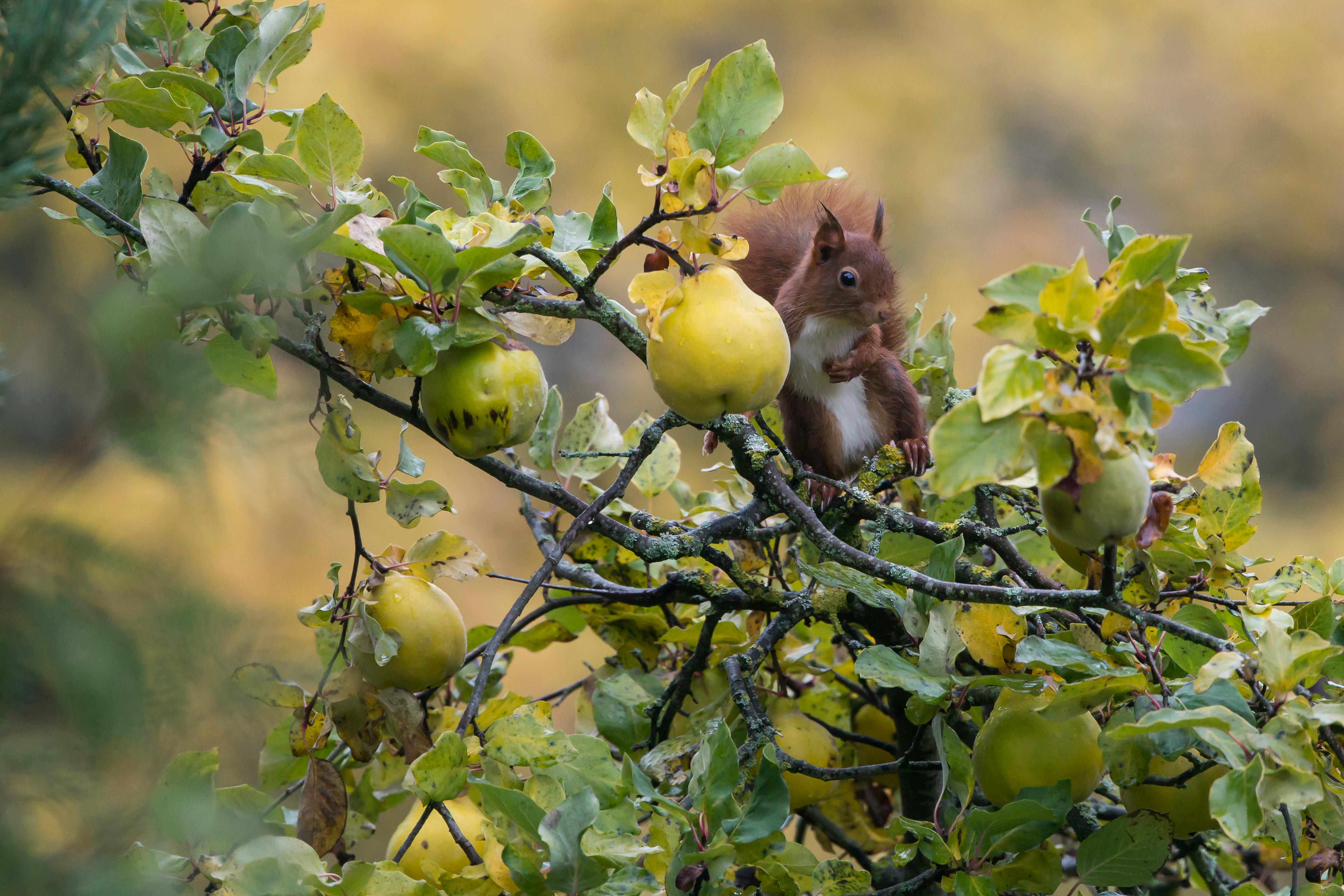 'There is only a handful of fruit trees I’d grow for their non-edible charms — quince is one'
'There is only a handful of fruit trees I’d grow for their non-edible charms — quince is one'A versatile fruit that's superb in jams and with booze, quince also doesn't make you work too hard for all that pleasure.
-
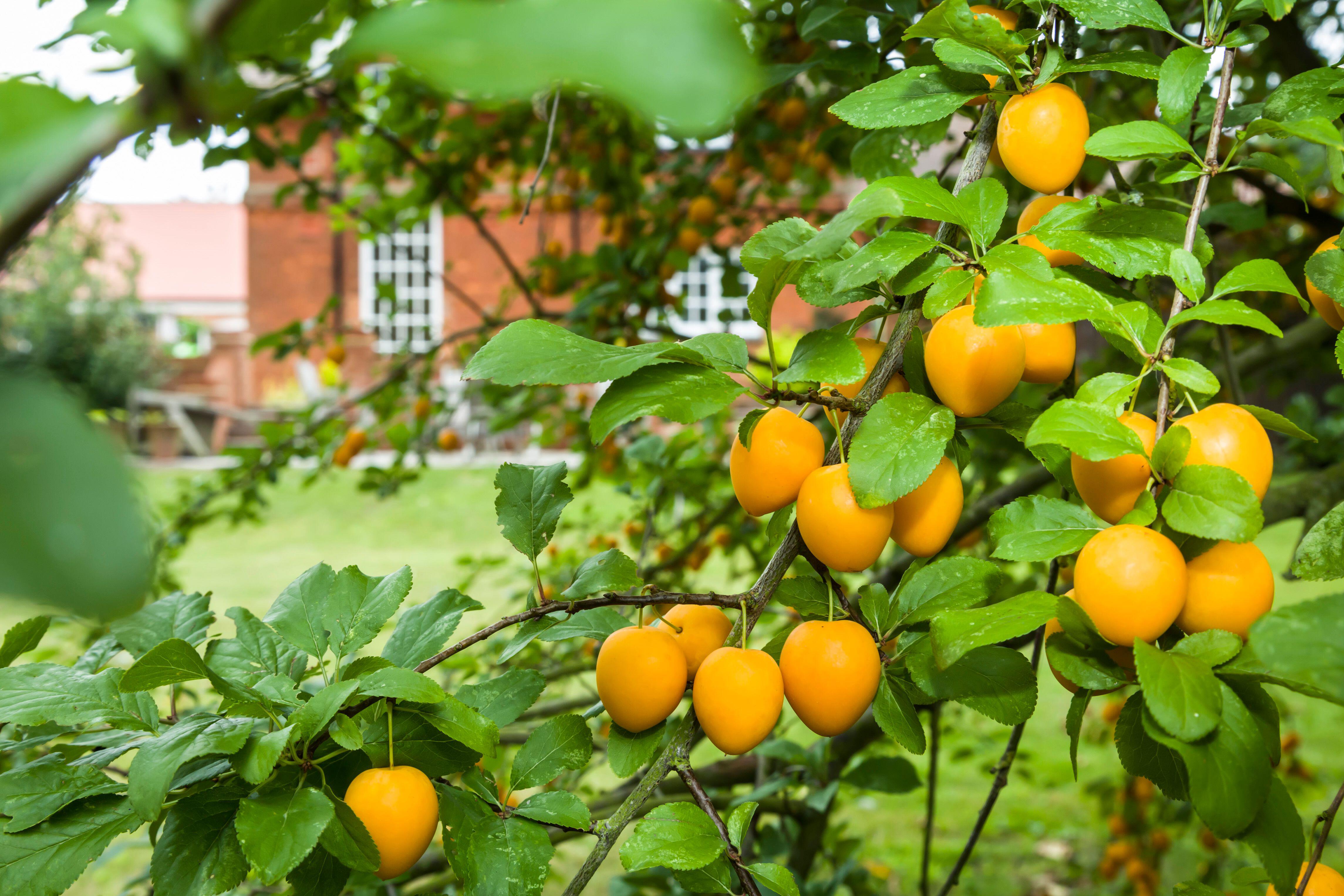 Everything you could ever want to know about growing, eating and cooking plums
Everything you could ever want to know about growing, eating and cooking plumsMirabelles, gages, plums, damsons — the best ones to buy, the ones to avoid, and how to use them. Charles Quest-Ritson has you covered.
-
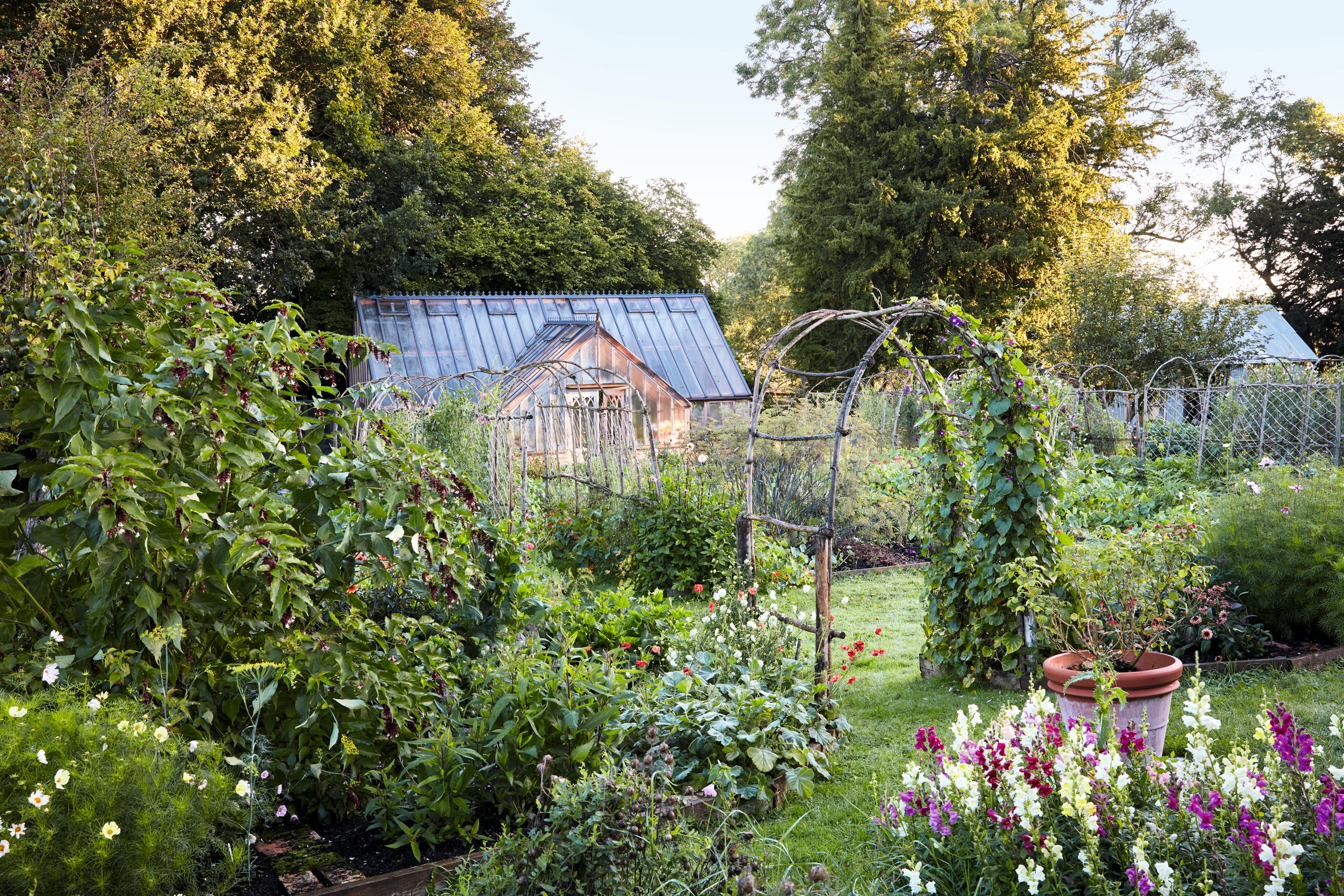 Sophie Conran's garden at Salthrop Manor, and its journey from bare field to Cotswold paradise
Sophie Conran's garden at Salthrop Manor, and its journey from bare field to Cotswold paradiseThe walled garden at Salthrop Manor — home of Sophie Conran — hums with life and colour. It’s hard to believe that this was merely a field not so long ago, as Tiffany Daneff explains; photography by Ngoc Minh Ngo for Country Life.
-
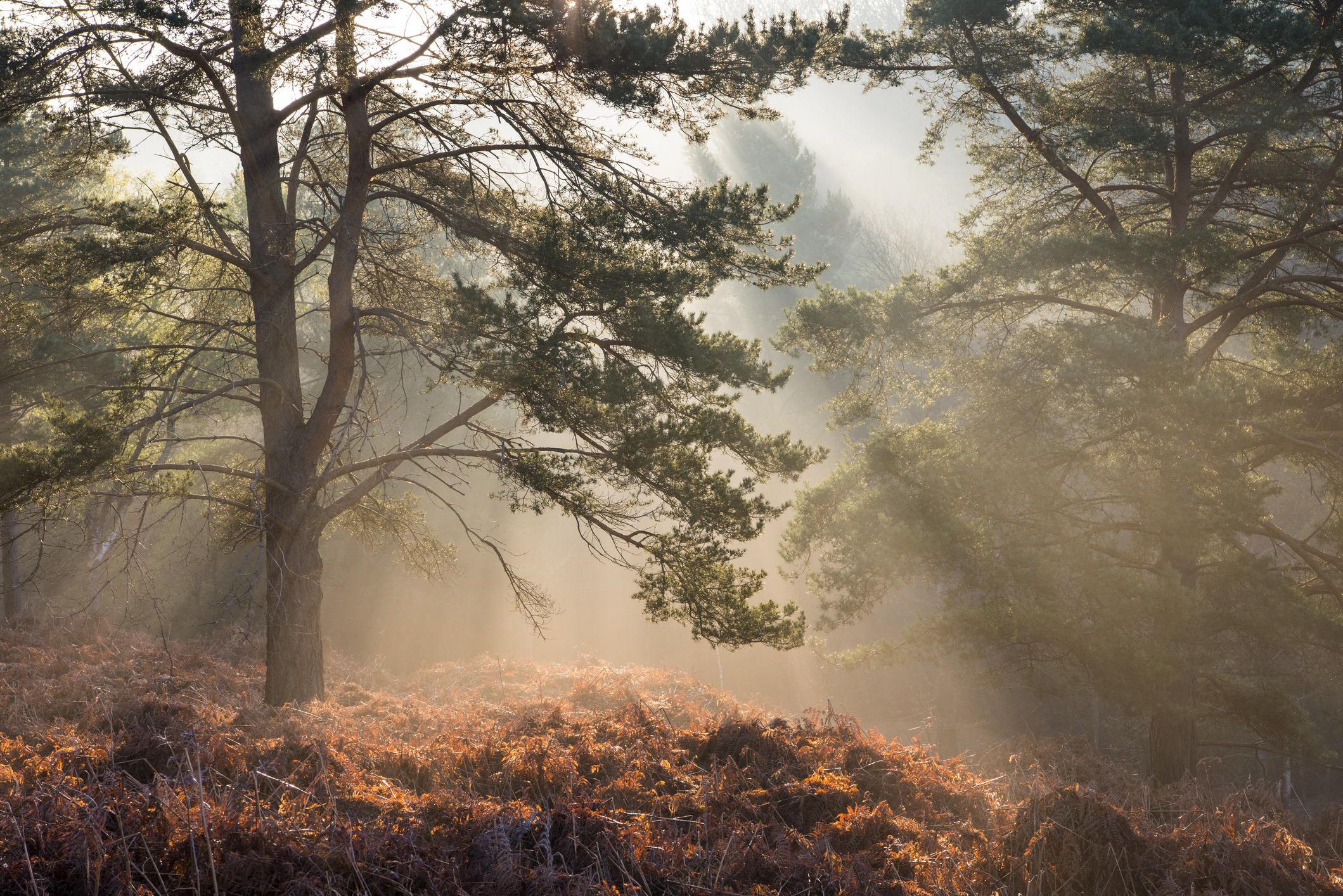 Alan Titchmarsh: You wouldn't think it, but Surrey is the most wooded of all England's counties — and its Scots pines are as beautiful as any of its trees
Alan Titchmarsh: You wouldn't think it, but Surrey is the most wooded of all England's counties — and its Scots pines are as beautiful as any of its treesAlan Titchmarsh is selling his house
